A Tappy kind of tale – ‘The foot of the rainbow.’ New Zealand.
Mt Tapuae-o-Uenuku is like your great aunt. She must be treated with respect at all times, there’s no point in arguing with her, she’s moody, she knows lots and has been around a while. And she doesn’t always give you what you want. But when you’ve had a great day together…… wow you know you’ve earned it.
Mt Tappy as she’s fondly called, is the highest peak outside the Southern Alps, sitting at 2885m in the Inland Kaikoura Ranges of the South Island. Our dear Kiwi mate Sir Edmund Hillary claimed it as a special place, climbing it in the mid 1940s while in the RNZAF, and ultimately it was part of his training for summiting Mt Everest.
Some people make pretty short work of this peak; smashing out the 176 river crossings up and down the Hodder River, and the constant navigation of screes, technical tracks, tree root grabbing ascents and steep underfoot crumbling descents, including views to grin about, in around eight hours.
But for us mortals, it’s a great one or two night adventure. Either way, it’s one hell of a brilliant adventure.
Reaching the summit last summer, amongst a crew of seven, involved a ‘third time lucky’ kind of happiness for me. I could put to bed the previous two failed attempts, and thoroughly enjoy the moment this summit stomp created.
We set off at midday on the February Friday, an immaculate day. The Hodder was flowing kindly, we skipped through the 80-odd crossings with relative ease, with just a few technical navigations before reaching the scree-perched hut just before sunset. As the sun dipped and the air temperature dropped quickly, there was a chuffed vibe in the air amongst us. A sunrise departure the following day was the opening scene for a solid morning of screes, boulder hopping, constant navigation eyeing up the next rock cairn, and calculated foot placement. As we crept higher and the air thinned, the excitement built. The Richmond Ranges began to shrink in the distance, and over the other side, the Clarence River and valleys opened up, as did the South Pacific Ocean. The top saddle was the final quick stop destination, then it was onwards and upwards, we knew what was next.
Some of the most used muscles that day were those in my face. Ok, and my brain, because you had to concentrate for every step. But upon reaching the summit, we cracked smiles on a scale that almost broke our faces in half. It’s actually impossible to describe the view from the top; mountains and valleys and ocean and rivers and.. and…. and…
We sat for a while, had lunch with the best view ever, and at a click or two past midday we headed back for the hut. Stoked to pieces. But the hard work still wasn’t over; a return journey of steep scree, big boulders, a couple of river crossings. Back at the hut late afternoon it was a mood of massive content as we sat our tired bodies and legs down, and held huge respect for the environment that was hosting us.
The third day on the job was a return down the Hodder River and the 80-odd crossings, then a few short kilometres of farm track walking to stretch the legs out before we reached the bridge on Awatere Valley Rd where our vehicles were waiting. The brilliant weekend was topped off supremely with one of the crew’s culinary wives whipping up some pumpkin soup and fresh bread for a late lunch. It’s moments like this you think ‘I’m nailing it.’
My first attempt in December 2013 with long time friend Bids was brought to an abrupt end two-thirds up the Hodder River, as we reached the upper gorge. Snow melt in December means high water levels, and when the gorge narrows and the force builds, there’s no joking around. The water had been high since we started, with the lowest level still knee deep, an area of the river which we learned later is ankle deep or non existent during the later summer months. Ah well, so our 5am start and our overnight adventure didn’t quite go to plan, but it was a fun and challenging 11 hour return trip on foot on the river, we learned lots, and we got back to the nearby delightful Upcot Station shearers’ quarters safe and sound for a solid rest and sleep. Because swollen rivers can’t be argued with.
Attempt number two was mid summer 2017 and delivered perfect conditions for my adventure buddy Skeets and I, we thought we’d try and bang it out in a day. Began well with a Sunday 4am start, got up the Hodder without too many dramas, reached the hut late morning, then we pressed on for the summit. But it’s mighty big country up on those screes. The rock cairns you follow carefully, but they can be few and far between when you start to get into the thinner air and for every step forward is two back with the scramble of tiny rocks underneath. Long story short, we navigated the wrong gully, subsequently adding another couple of hours onto our summit attempt. The heartbreak kicked in at the saddle which was not much more than a skip and a hop from the summit – we were out of water and had minimal food, and the option to push on was not really there; a quick bit of maths had us with a result that we would have been about three hours without water (back down to the nearest waterfall). As for the food, yes well not ideal because we needed to keep some for the hike home. In these mountains when you’re knocking on the door of 3000m elevation, there’s no room for risk, and fuel is key. We turned back for the hut for an unplanned night, arriving there around 10pm. Happy to have our survival blankets and a few extra layers on board, and a smile still on our faces and a twinkle in our eyes because afterall this was one mighty adventure. An early start the following morning for a six hour hike down the river. Ah well, still not a bad effort, win some lose some. And still managed to get back to work for early afternoon on the Monday, and a pretty good story for the late arrival….
So the greatly respected ‘great Aunt’ of Mount Tapuae-o-Uenuku has finally received its summit tick. But I think I’ll be back for another visit.
According to www.theprow.org.nz, Mount Tapuae-o-Uenuku, is the sacred mountain of the Kurahaupo tribes of Marlborough, stories of its origins dating back to AD825 when two chiefs, Makautere and Tapuae-o-Uenuku, were searching for food-gathering places along the Kaikoura coast and inland. The Waiau-Toa and Waiau-Uwha Rivers reminded Tapuae-o-Uenuku of the tears of his wife, left behind in Hawaiki. The mountain near where the two rivers meet during the spring thaw bears the chief’s name.
Marlborough’s Rangitane also have a tradition that an earthly chief sought his spiritual wife and child by climbing up to heaven via the rainbow of their ancestor, Uenuku, a tribal war god. Nga Tapu Wae O Uenuku are ‘the sacred steps of Uenuku’.

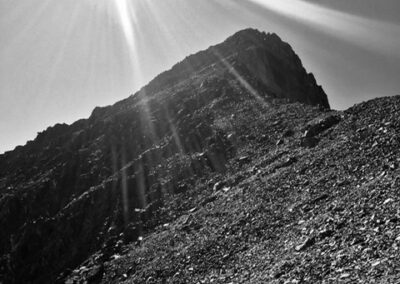
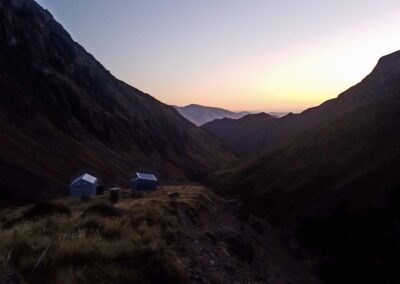
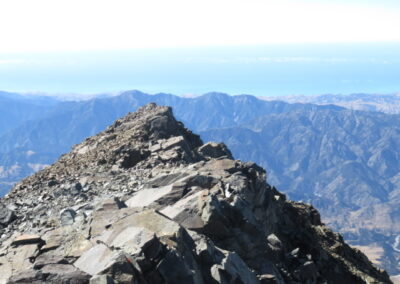
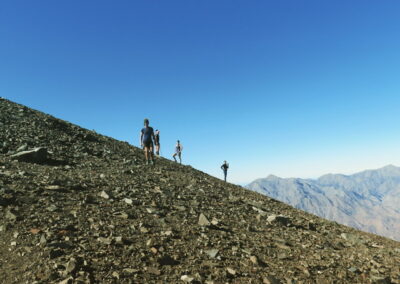
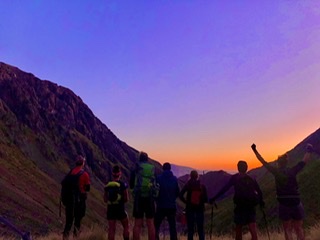
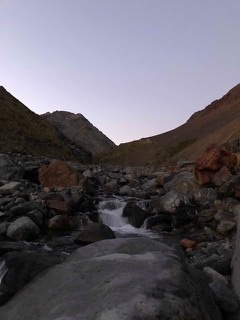
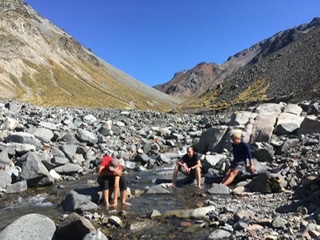
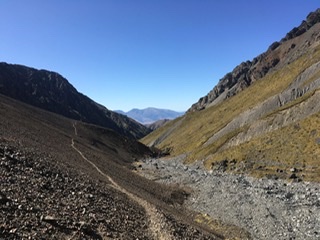
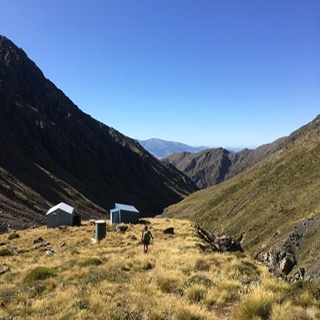
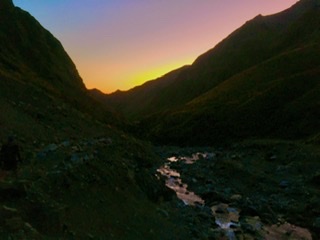
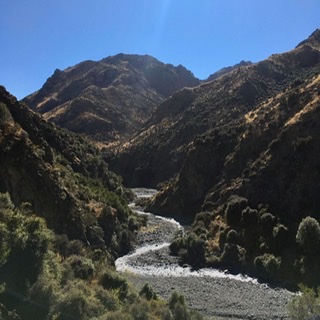
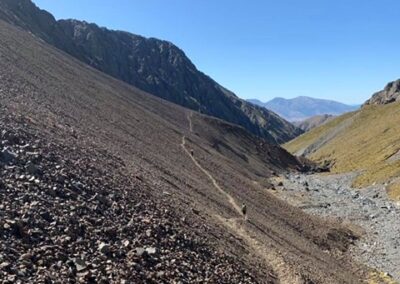
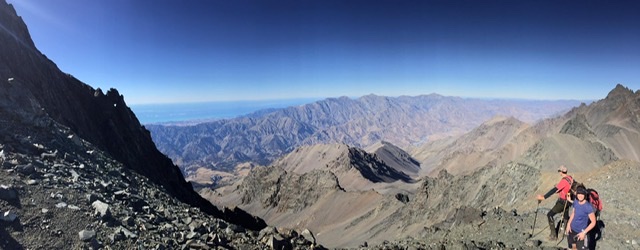
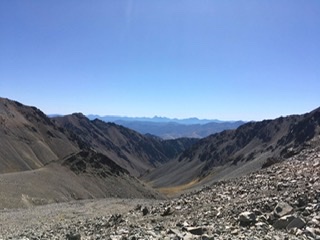
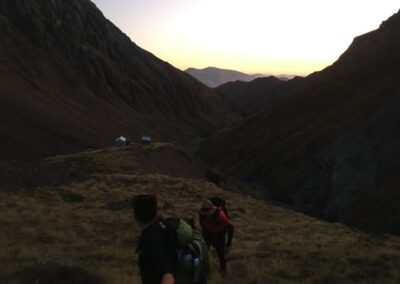
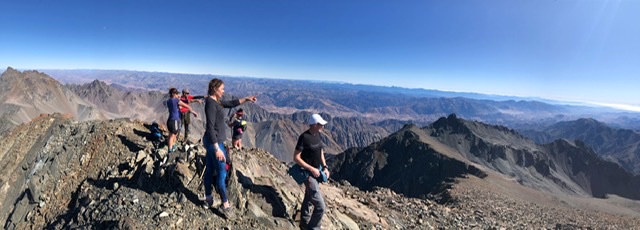

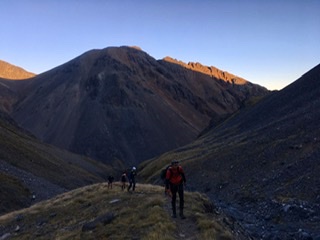
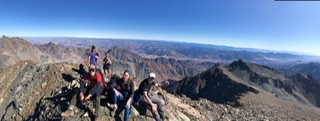
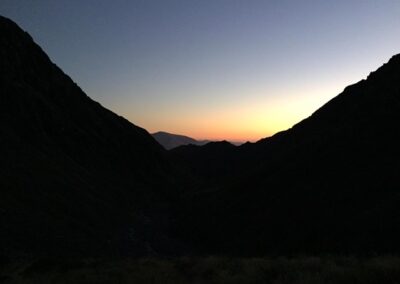

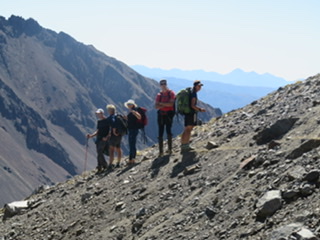
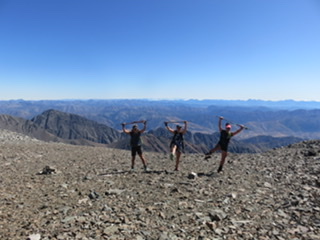
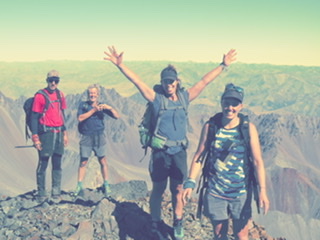
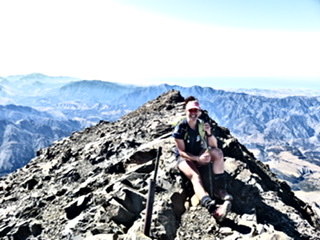
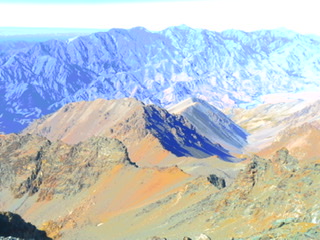
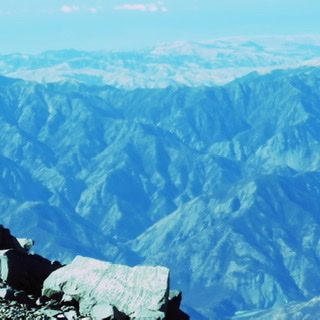
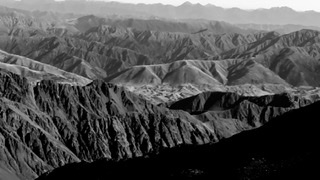
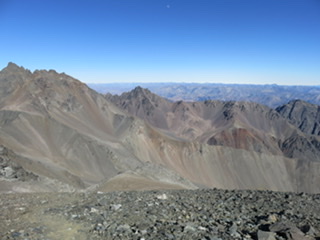

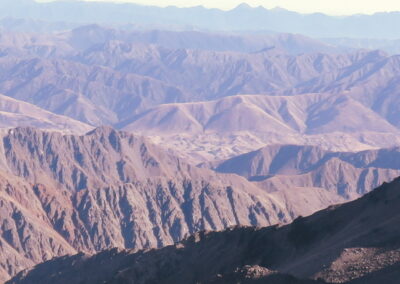
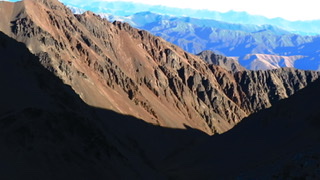

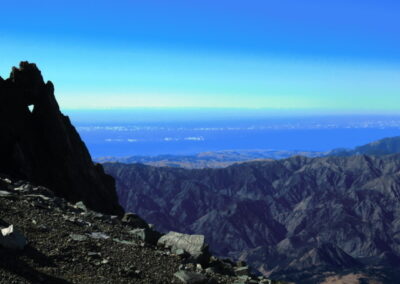

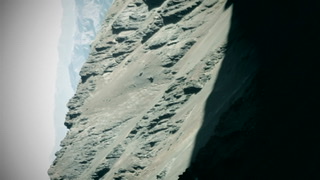
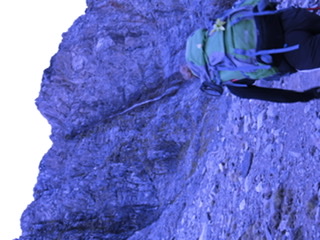
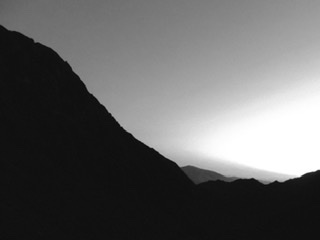
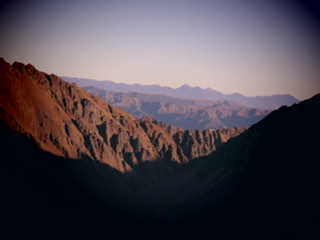
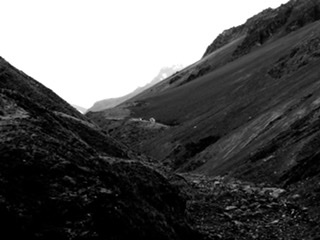
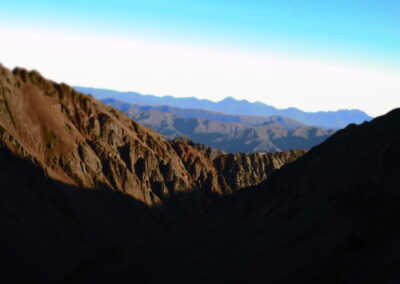
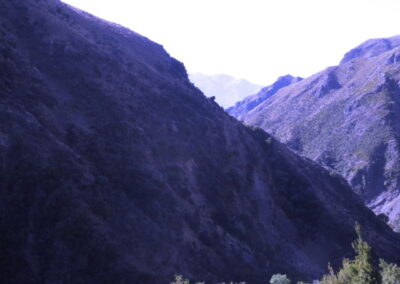
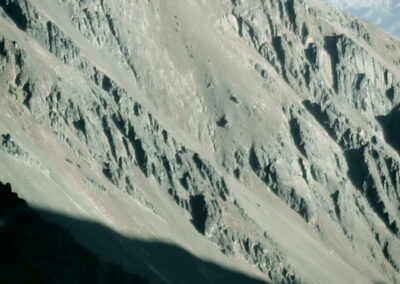
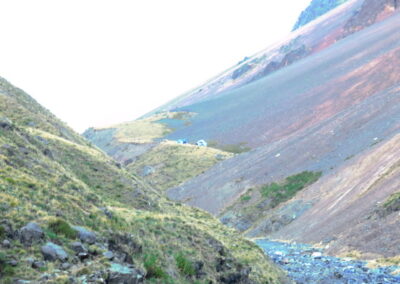
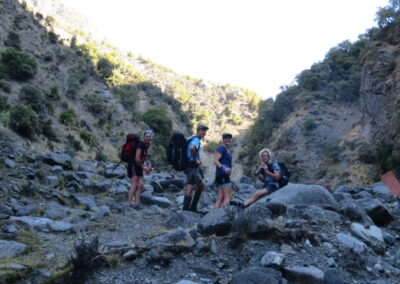
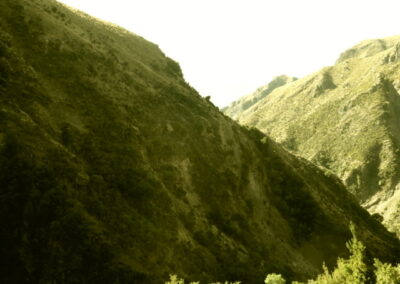
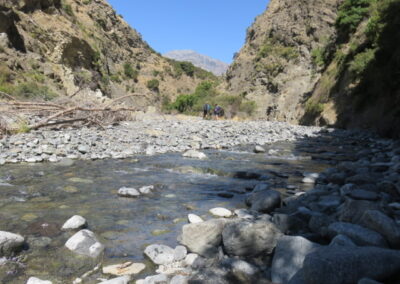
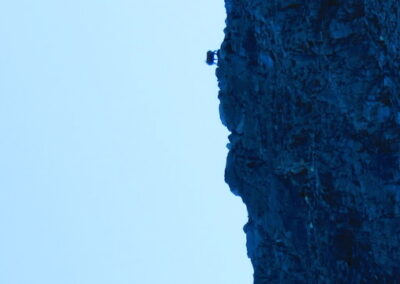
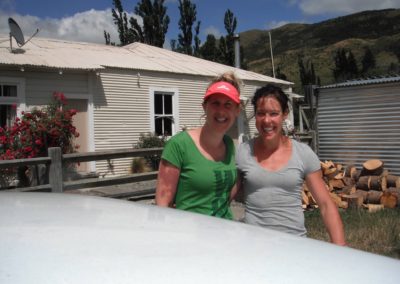
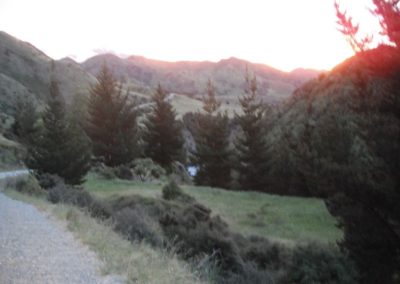
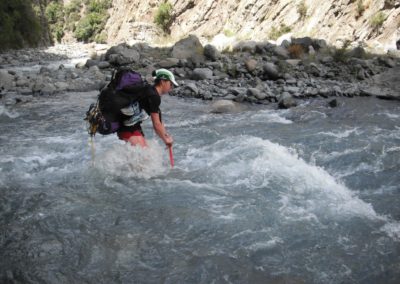
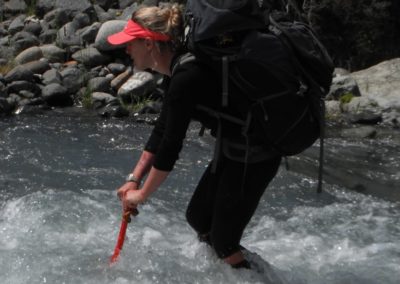
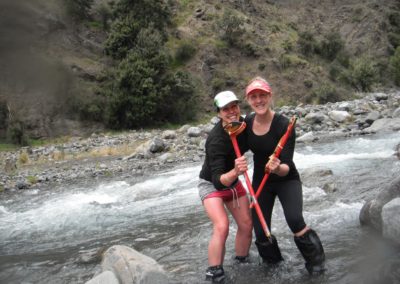
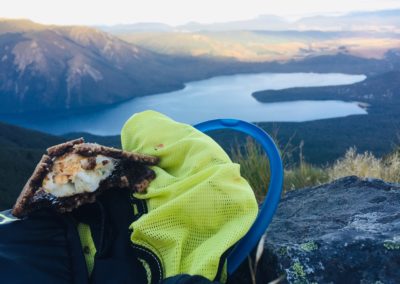
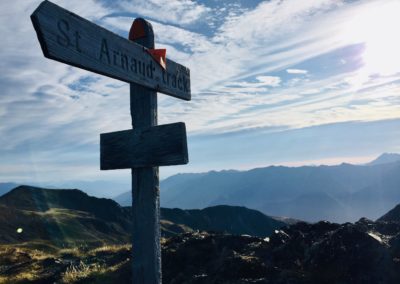
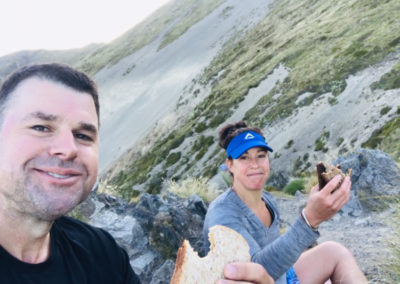

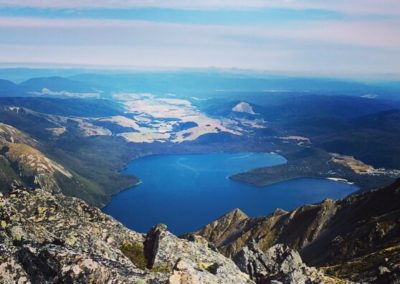
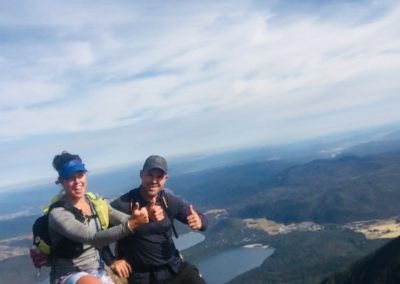
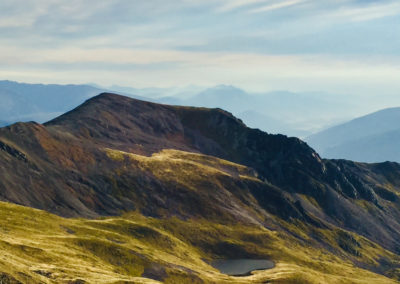
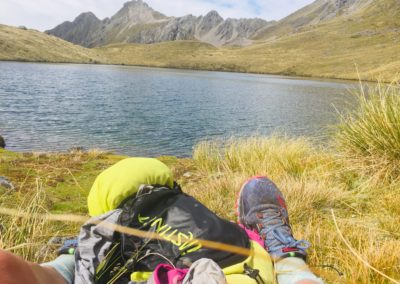
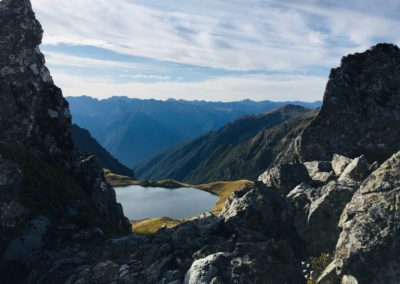
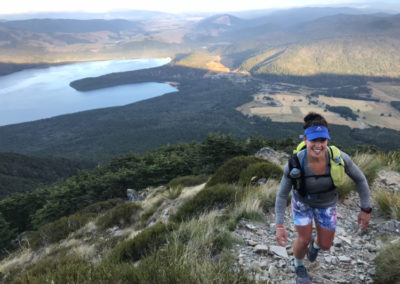
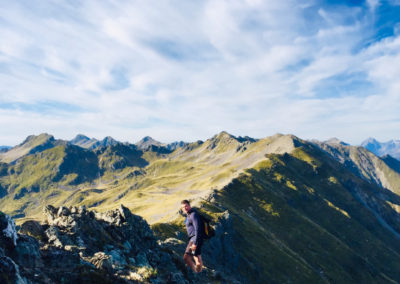
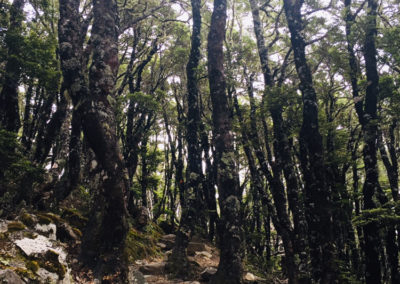
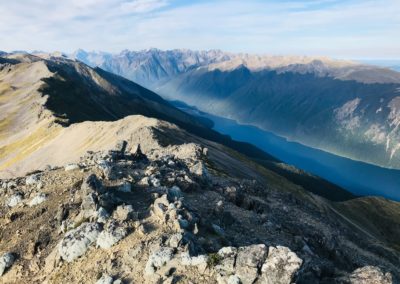
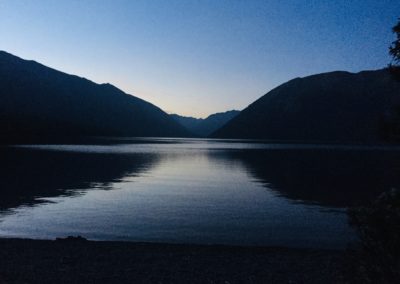
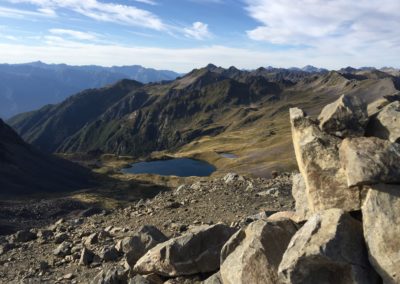
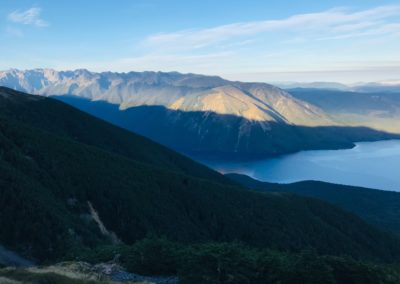
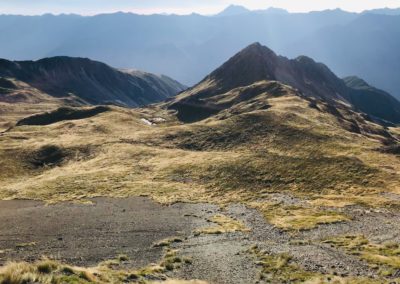
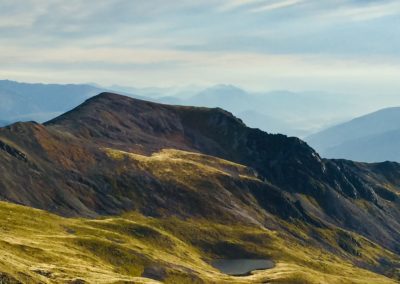
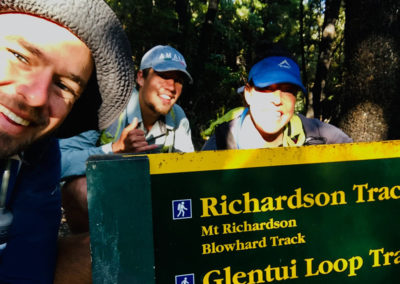
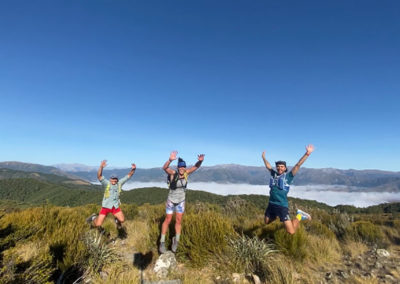
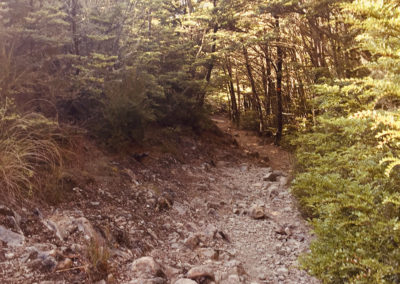
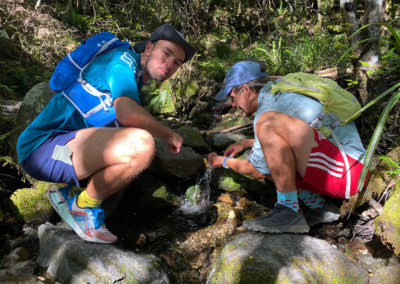
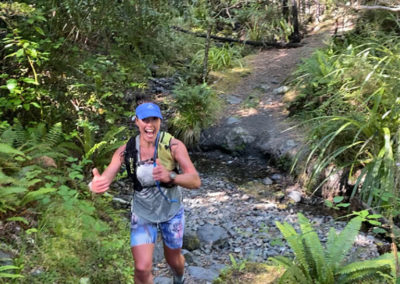
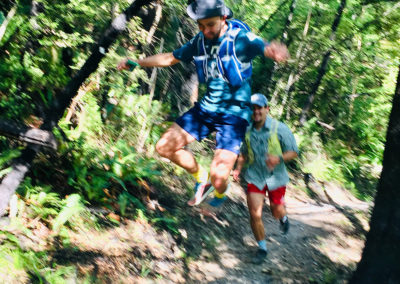
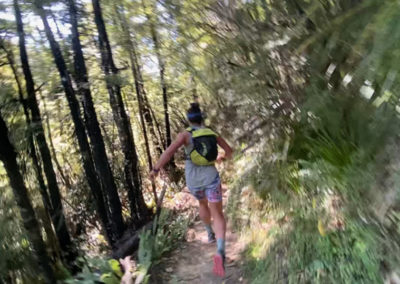
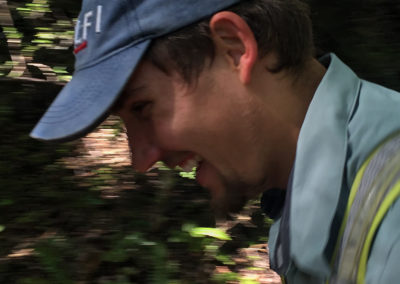
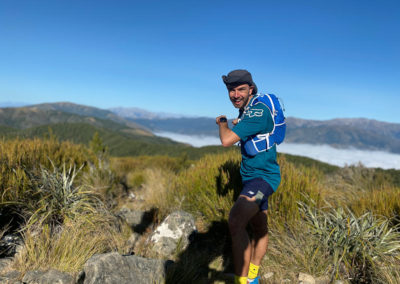
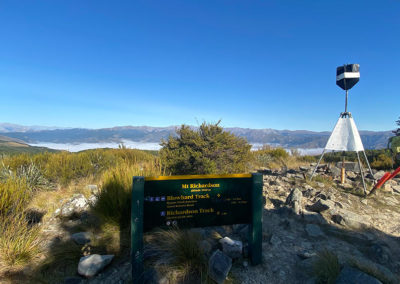
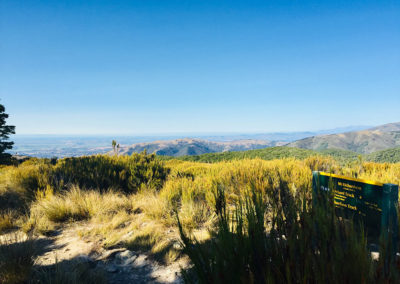
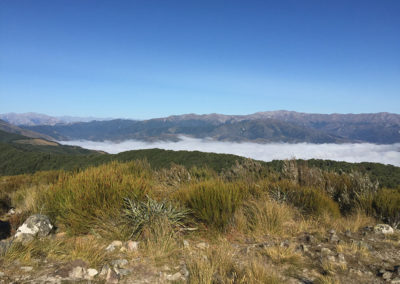
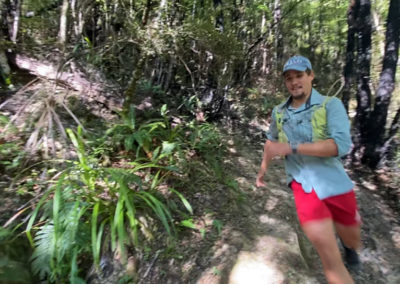
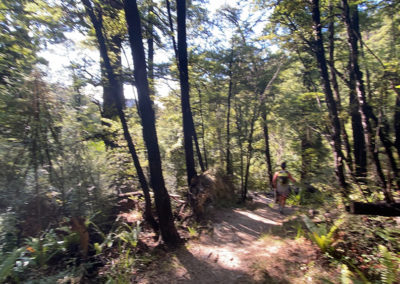
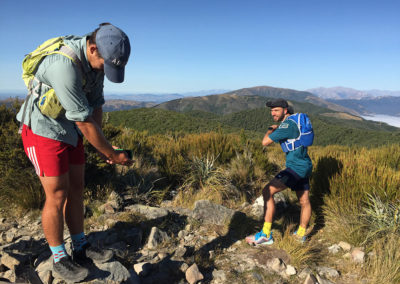
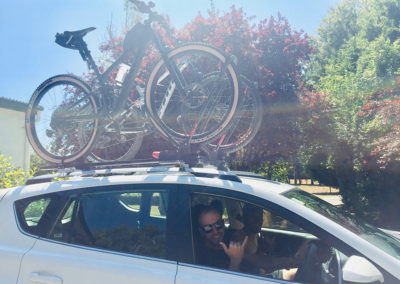
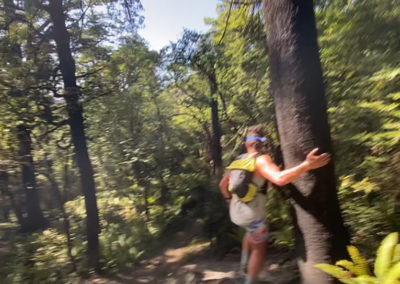
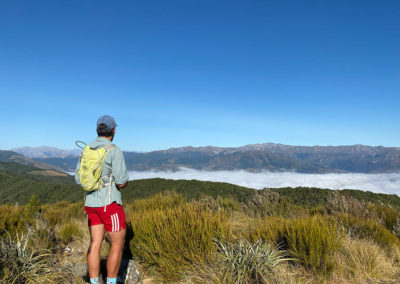
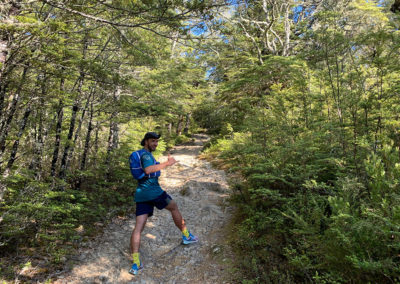
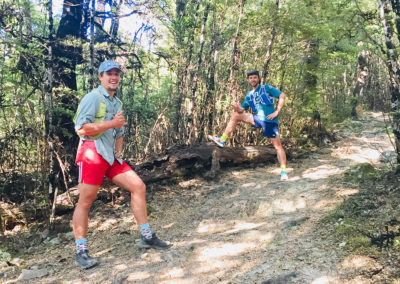
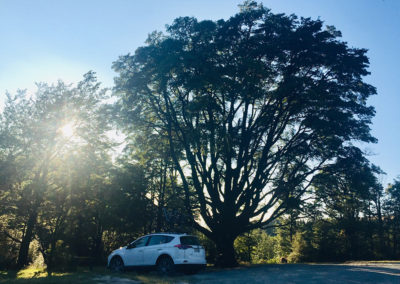
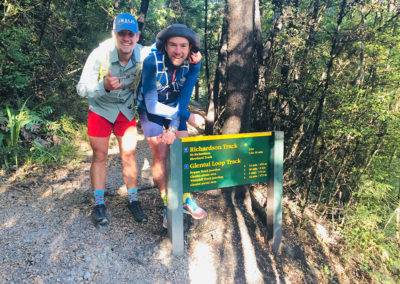
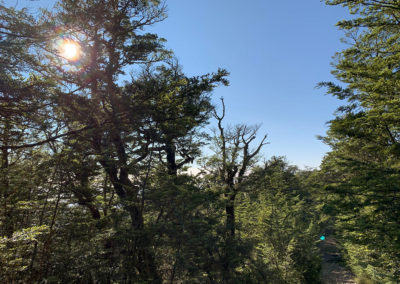
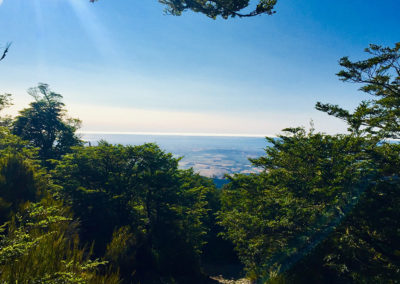
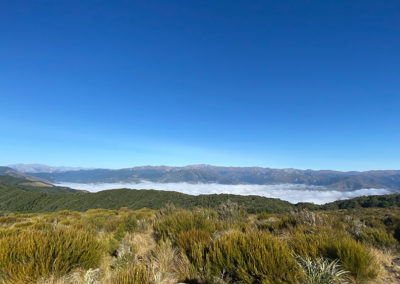
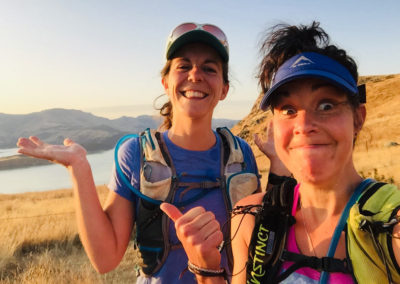
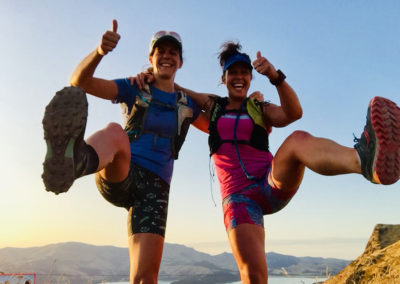
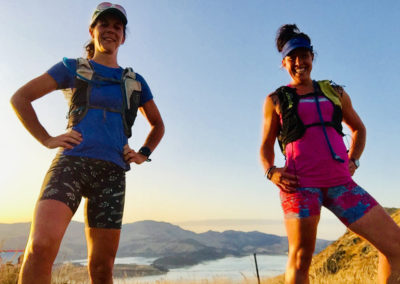
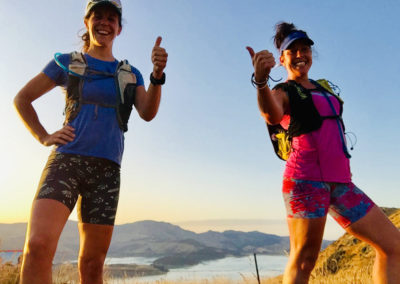
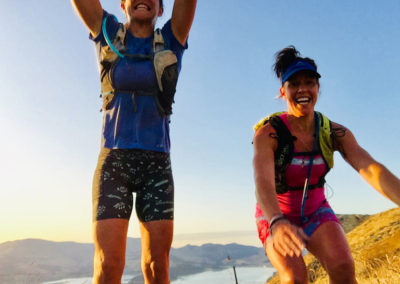
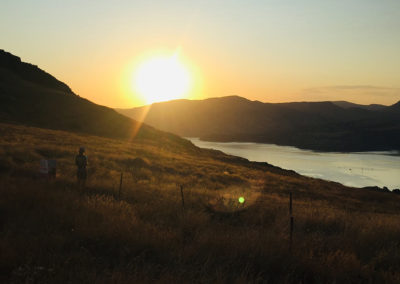
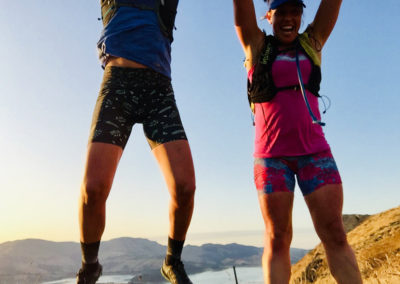
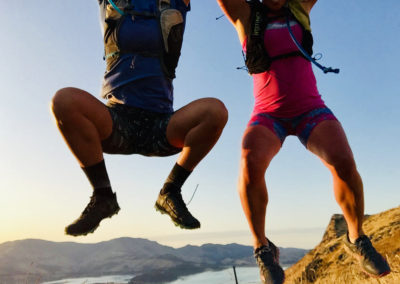
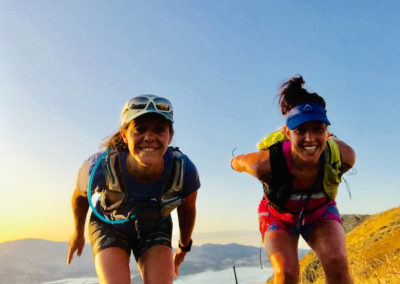
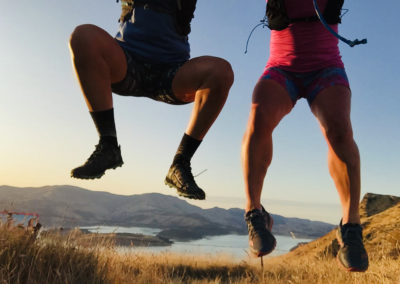
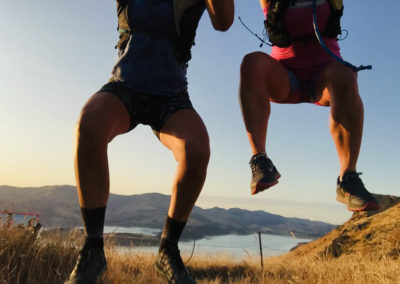
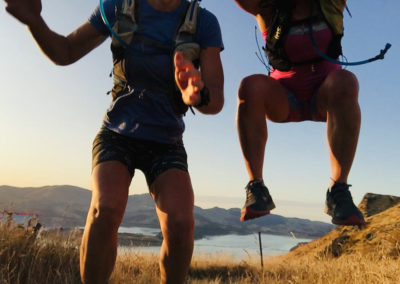
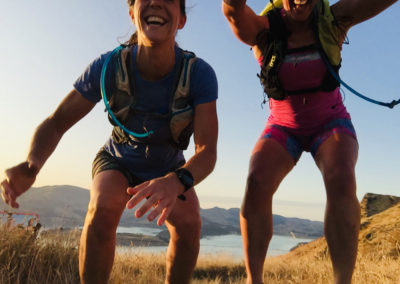
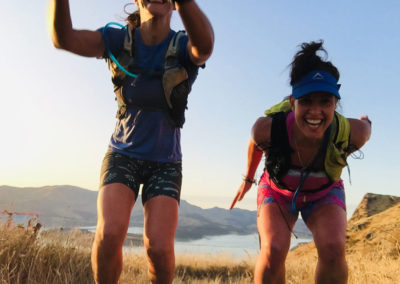
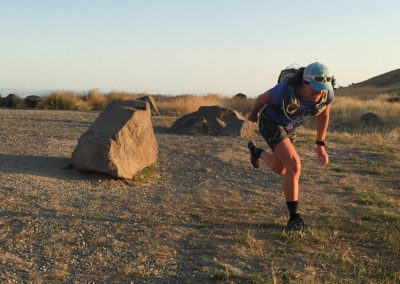
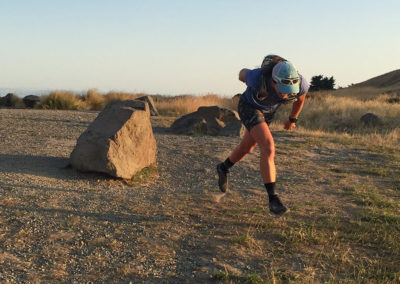
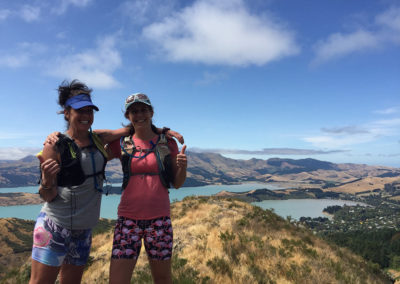
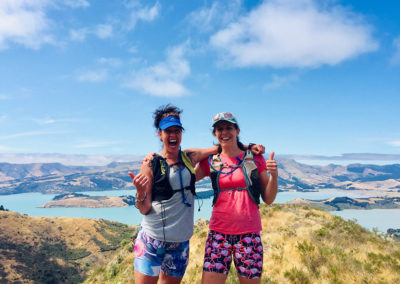
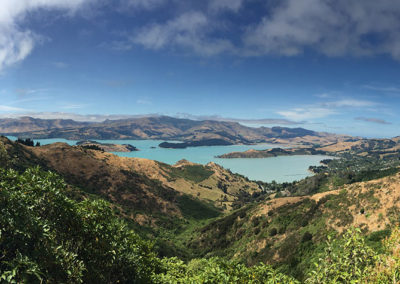
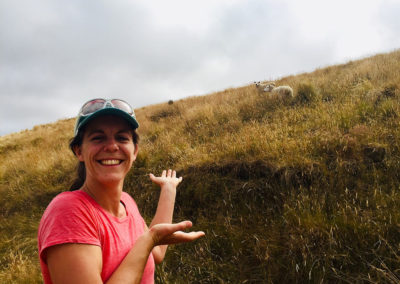
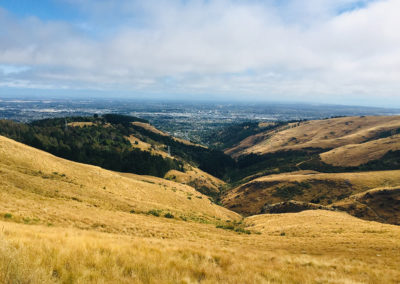
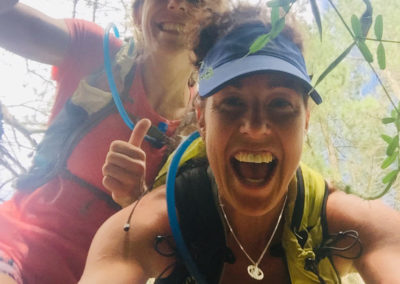
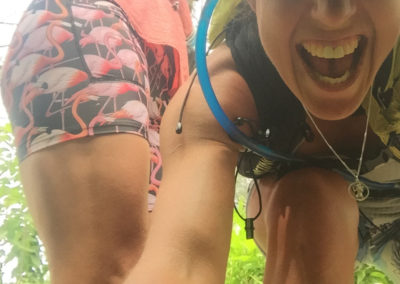
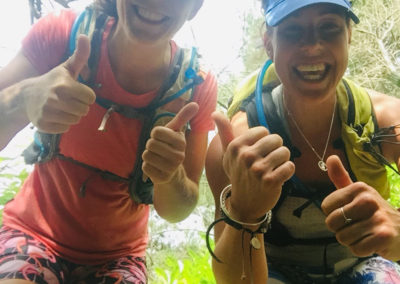
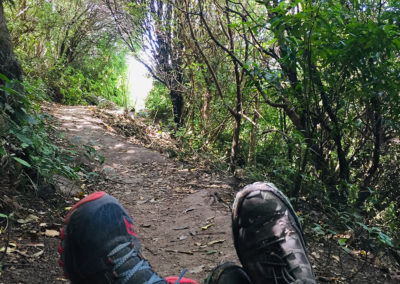
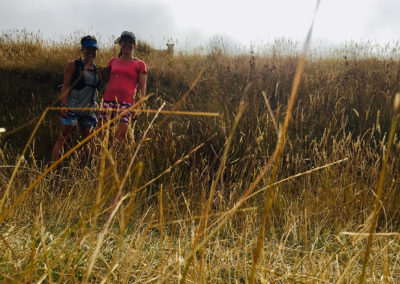
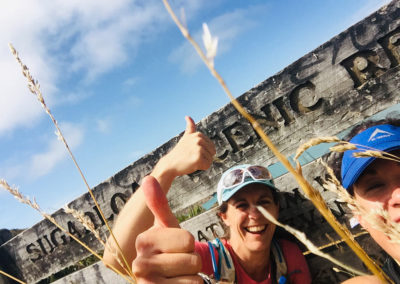
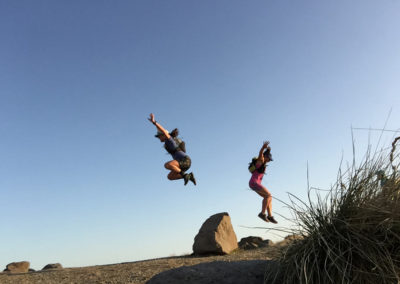
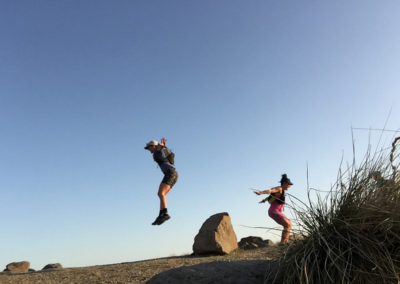
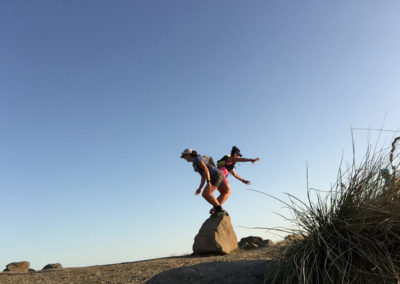
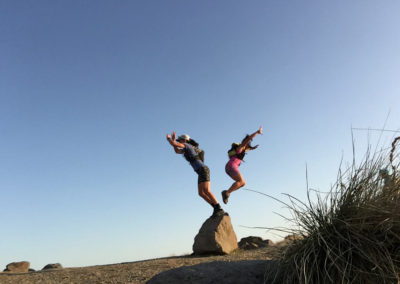
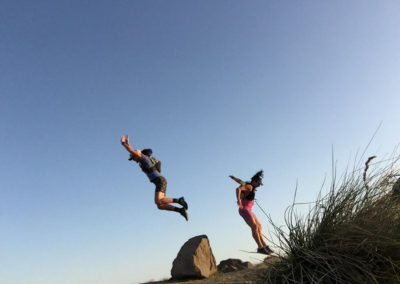
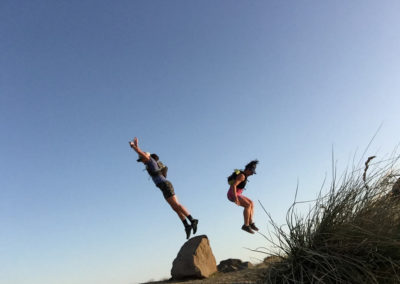
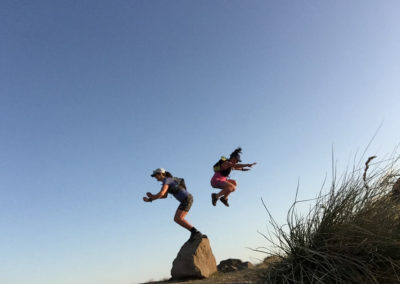
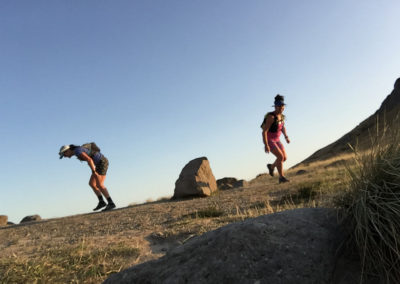
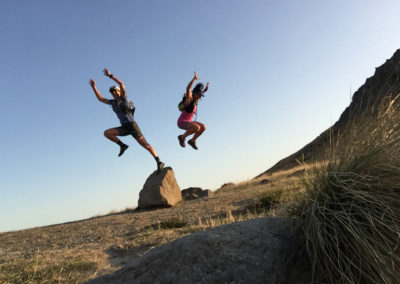
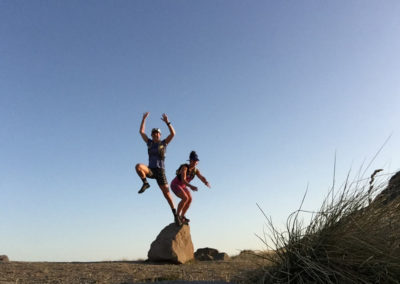
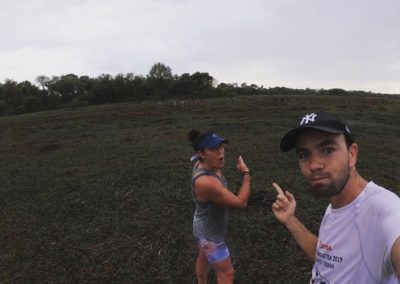
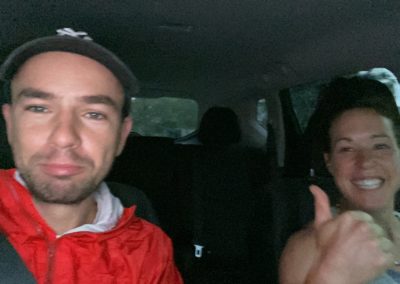

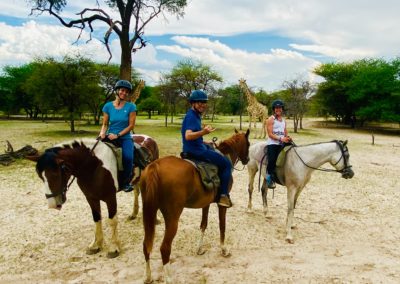
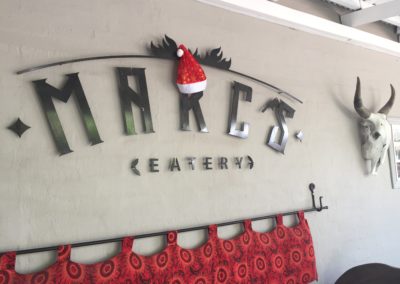
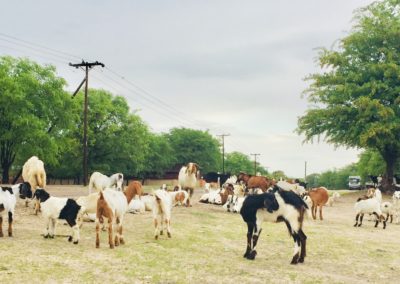
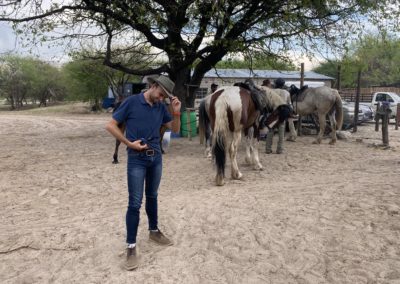
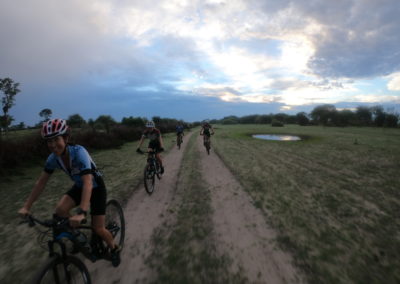
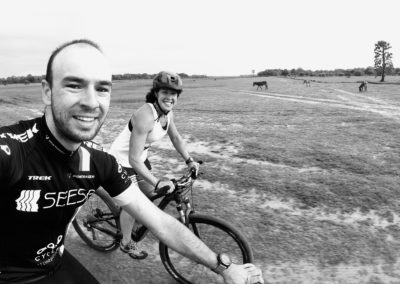
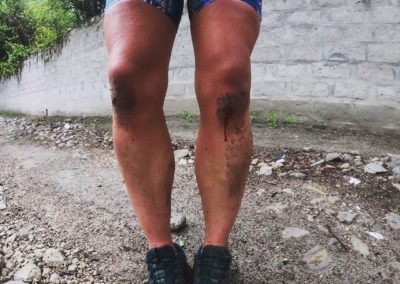
Recent Comments